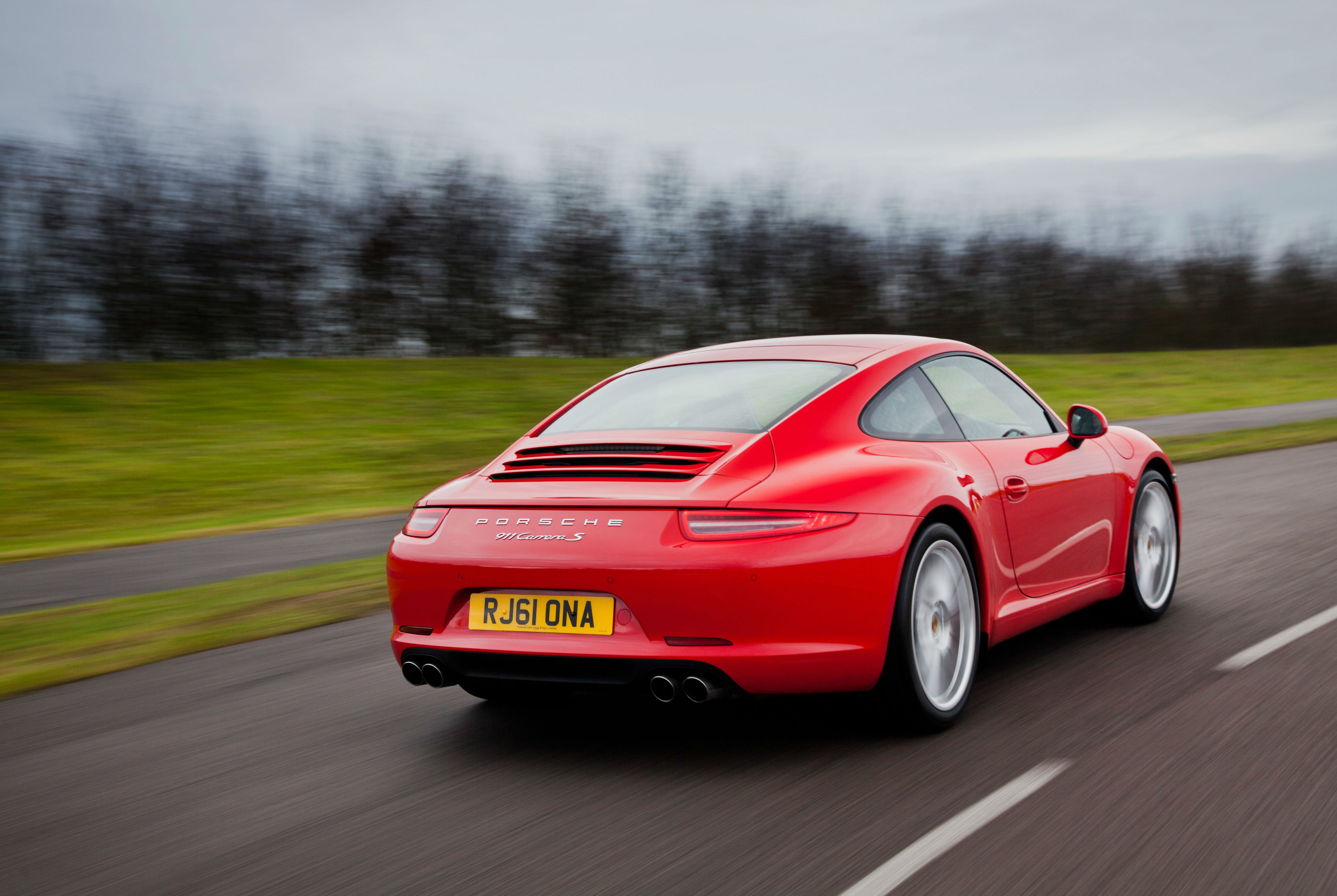Buying Guide: Porsche 911 (991) and 911 (993) sports cars
As the last non-turbo 911, will 991 prices fly?
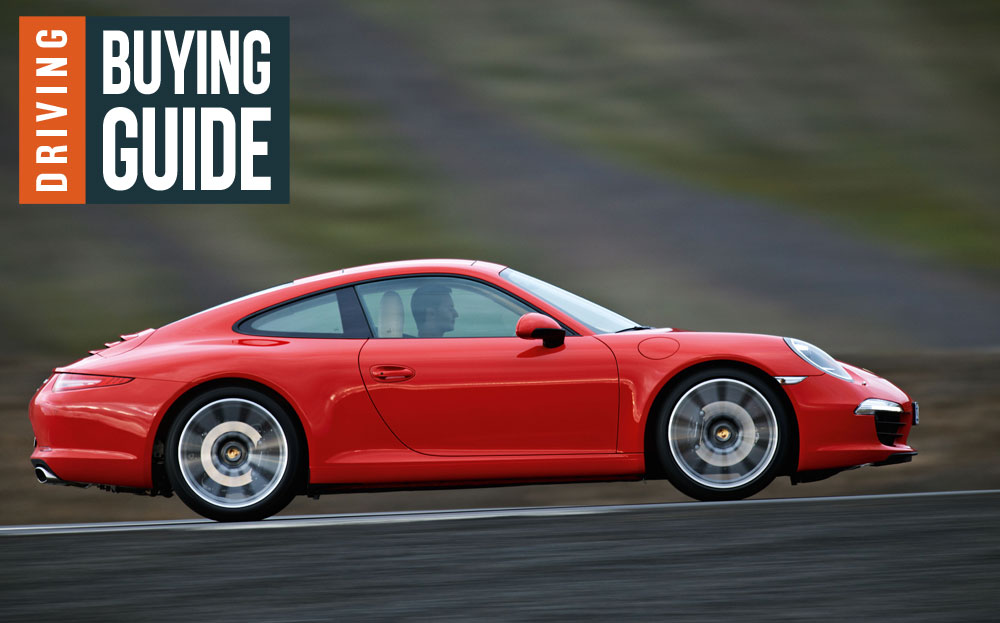
WHEN STANDING at the bar of your local Hare & Hounds, how many times have you heard the expression ‘future classic’ muttered by men in thick jumpers and stout shoes? Just to be clear: they’re not talking about you.
View the used Porsche 911s for sale on driving.co.uk
Everything from an Austin Allegro to a Volvo P1800 has enjoyed this label at some point, used to describe cars destined to be highly sought after by collectors in years to come. However, there’s one car which deserves it most: the Porsche 911.
Since its launch in 1963, the German sports car has attracted a devoted following. However, there are many versions of the model, with some proving more sought after than others. For example, early models from the 1960s and ’70s fetch over £100,000 – just ask Richard Hammond, who announced on Twitter this week that he’s bought an early 911 – while 911s from the turn of the noughties cost just £10,000.
This is all rather confusing for drivers looking to invest in a 911 that will go on to become, well, a future classic. To help, Driving consulted experts in the classic and sports car scene, and identified two generations of 911 that are predicted to accelerate in value just as fast as they can power away from the traffic lights.
The first of them may come as a surprise. It’s the most recent 911, referred to by Porsche (and Porsche devotees) as the 991, and launched in 2011. This model is significant for being the last 911 to be fitted with a naturally aspirated engine. Beginning with the second generation 991.2, which goes on sale in December, all future 911s will be powered by a turbocharged engine.
The 991 is significant for being the last 911 to be fitted with a naturally aspirated engine… in the world of classic cars such things matter
This might sound like a nuance that only Porsche geeks would care about, but in the world of classic cars such things matter. For the same reason that paintings often increase in value when the artist dies, cars tend to appreciate if they mark the end of an era – and you know the saying: we always want what we cannot have.
This is certainly true of the 991’s great-great-grandfather, the 993. Originally launched in 1994, it was the last 911 to feature an air-cooled engine that could trace its lineage to the 1963 original.
The 996 that followed it in 1998 was the first 911 to have its engine cooled by water rather than air, and had tearful, droopy headlights and an engine with a propensity for giving up on life. Despite being the older car, today, a 993 is worth double the equivalent 996.
Porsche 911 (993) Buying Guide
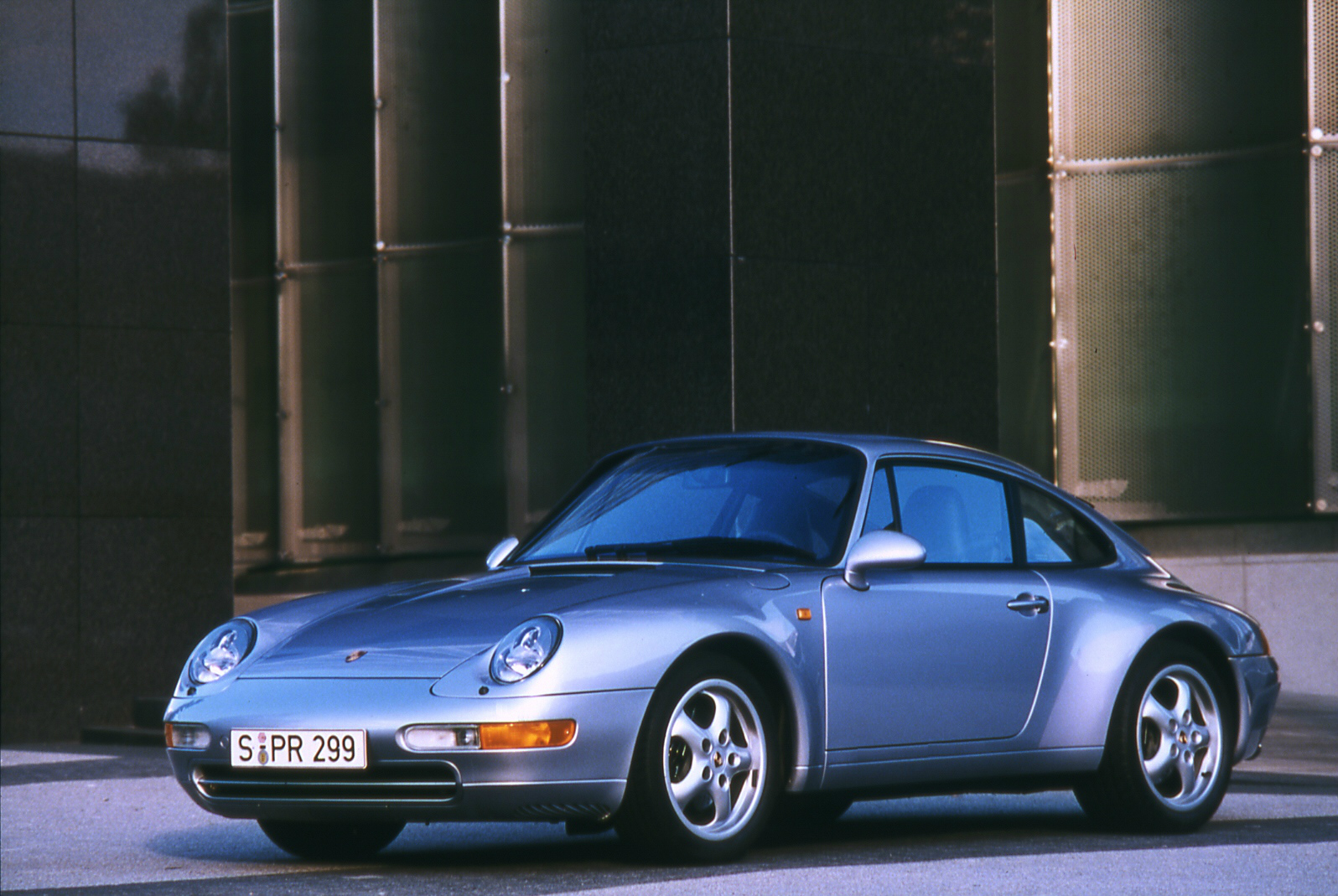
- The one to buy: Carrera 2 coupe manual
- What it will cost: Between £30,000 and £60,000
- Predicted price movement in next five years: A Carrera 2 coupe worth £45,000 today is expected to rise to £65,000 by 2020
Ever heard of the “bedroom wall theory” of classic cars? It suggests that when we reach a certain age we buy the car we lusted after as a child. “When people hit their late thirties they often either earn or inherit some spare cash, and buy the car that they used to have in a picture on their bedroom wall,” says investment analyst Robert Newman from Motorscout. “It’s no surprise that values of those cars then rise rapidly.”
Newman judges cars by the following six criteria to determine their classic potential:
- Marque reputation
- Low survival rates or a low production run
- Strategic significance
- Fashionability and perceived brand attractiveness
- Technology and the economic viability of ongoing maintenance
- Prevailing market value: cars valued in excess of £50,000 attract international collectors
“The 993 ticks every box,” he says. “Porsche is one of the most highly regarded brands in the world. Between 1993 and ’98, the 993 model’s production run was a modest (by today’s standards) 68,029 cars. It’s strategically significant as the last air-cooled 911. It’s fashionable, and its technology is well known and understood. Its values currently range from around £30,000 for a tired cabriolet, to more than £600,000 for a GT2, of which only 57 were built.
Newman’s view is shared by CAP Motor Research, a vehicle market analysis company which specialises in predicting the future values of cars. “Values for 993s have rocketed over the past four to five years, overtaking the newer 996 and early 997 models,” says Tim Bearder, editor of CAP Black Book. “It has become one of the most desirable of the cars claiming modern classic status.
“Many factors helped the 993 car reach this status: its aesthetic appeal, low resale volumes, and the fact that this car was not only one of the finest looking creations to come out of Stuttgart but it was also the last of the purest driving machines, before electronics changed the driving experience forever.”
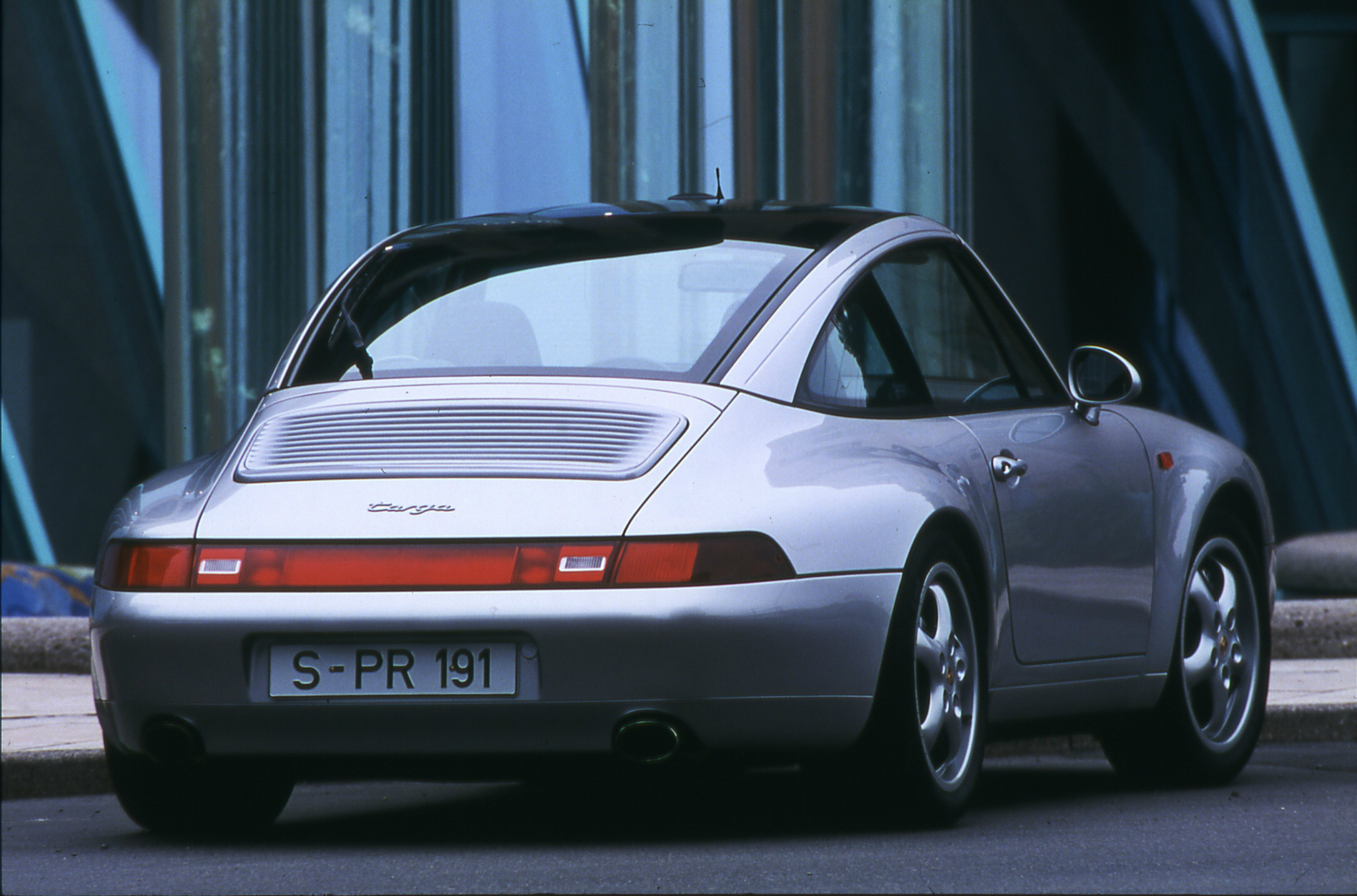
The GT2 and the lightweight RS models are the most collectable (and disproportionately expensive) while the value of the Turbo has risen dramatically in recent times. Wide-body ‘S’ versions of the Carrera 2 and 4 arrived late in the 993’s life and are desirable for their scarcity, but experts agree that the best 993 is actually the standard Carrera 2 coupe. The four-wheel drive Carrera 4 is more complex, while the Targa and cabriolet variants are regarded as the least desirable variants – even less desirable when they have an automatic gearbox.
Like most Porsches, the 993 is relatively affordable to run and maintain compared with a Ferrari or Lamborghini of a similar vintage. The supply of spare parts is good and there are many independent specialists who can maintain the cars for a reasonable price. Peter Bedford, director of Surrey-based Porsche specialists GT One, says that a minor service for a 993 costs around £400, with a major service (due every other year) costing £800. Given the car’s classic status, insurance costs are modest, especially if you limit your mileage.
What to look out for when buying a used Porsche 993
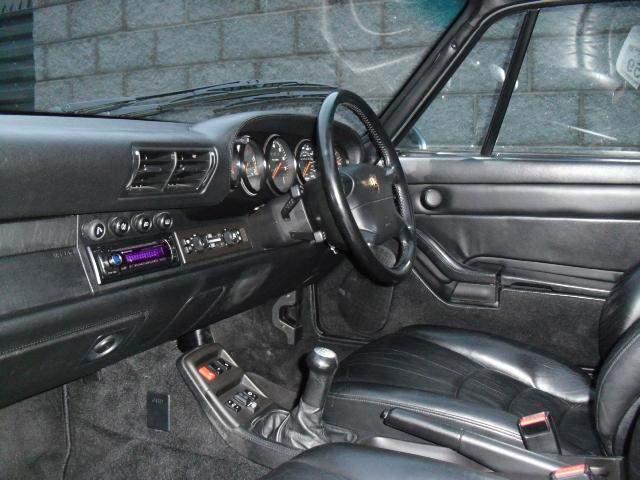
“The 993 is a sound, well built and beautifully engineered car,” says Peter Bedford of GT One Porsche, an independent specialist. “The engine and gearbox are fundamentally strong. If the car has done lots of miles (above 100,000) you may wish to consider an engine rebuild. This costs £6000 to £8000 but an owner will recoup at least some of that cost should they sell it.”
Bedford says that corrosion can be an issue around the front and rear windscreens, especially if they’ve been poorly installed. The rear chassis rails under the rear wings are also prone to rot and need to be checked regularly. “It’s an old car so you should expect more ongoing repair work than a modern equivalent,” he says. “However, it’s very desirable and Porsche is committed to supporting it into the future.”
Porsche 911 (991) Buying Guide
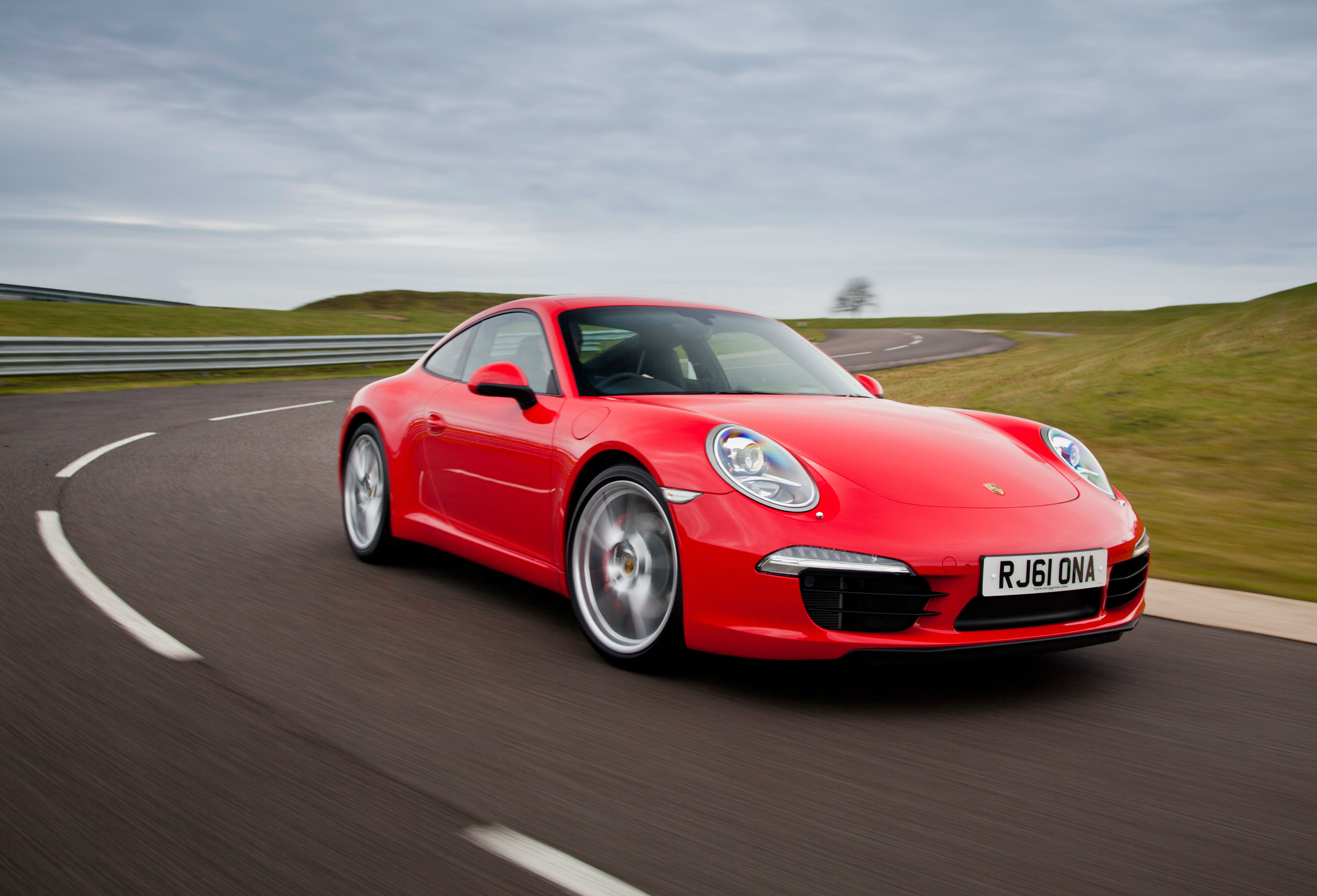
- The one to buy: GT3 RS
- What it will cost: Still available new
- Predicted price movement in next five years: Prices of a standard Carrera falling to £35,000 in 2020, but recovering thereafter
There’s a general rule of thumb that it takes 20 years for a car to achieve classic status, although there are exceptions for limited-run specials. The current generation 991 was launched in 2011 and although the introduction of electronic rather than hydraulic power steering drew howls of protest from some purists, the model is generally thought to be a significant step forward over the 997 that it replaced. That it’s arguably the best looking 911 since the 993 also helps its cause.
“This is a strategically significant car that will retain its appeal,” says Robert Newman. “As a general rule, a 911 will always be more desirable than other Porsche models, such as the Boxster or Cayman.” According to Newman, the early Boxster is an example of a ‘value trap’ car – in other words, it can cost more to repair and maintain than it’s worth. This fate is unlikely to befall the 991, say our specialists.
Time will decide if the first-generation non-turbo versions of the 991 will outperform the later models in the classic car market, but early indications suggest they might. Driving has ridden in the turbocharged models and although they’re faster and more efficient, the distinctive engine note – at the heart of the appeal of a 911 – has been lost. For purists, this matters.
Jeremy Clarkson reviews the Porsche 911 Carrera 4S
“The key question is whether the 991 first-generation cars will achieve a similar status to the 993, now that Porsche has moved to a flat-six, twin-turbocharged engine range,” says Tim Bearder. “Looking at all the facts, the answer would be ‘yes’. It has low volumes, desirability, and the car is stunning. The second question is: when could you expect this to happen? Based on what has happened in the past, you would expect two further generations of this model to come and go before history repeats itself.”
In the short to medium term, standard editions of the 991 will continue to depreciate. According to CAP’s experts, the value of a manual 2012 Carrera coupe that cost £71,449 when new is now £54,000 for a car that’s covered 20,000 miles, and is likely to hit around £35,000 by 2020.
Both Newman and Bearder agree that the motorsport-based special editions such as the GT3 and GT3 RS are most likely to have future classic status. Indeed, they’re already proving resistant to depreciation. “Some limited edition models might also be worth a look,” says Newman. The 50th Anniversary model, for example, was produced in a limited run of just 1963 cars.
What to look out for when buying a used Porsche 991
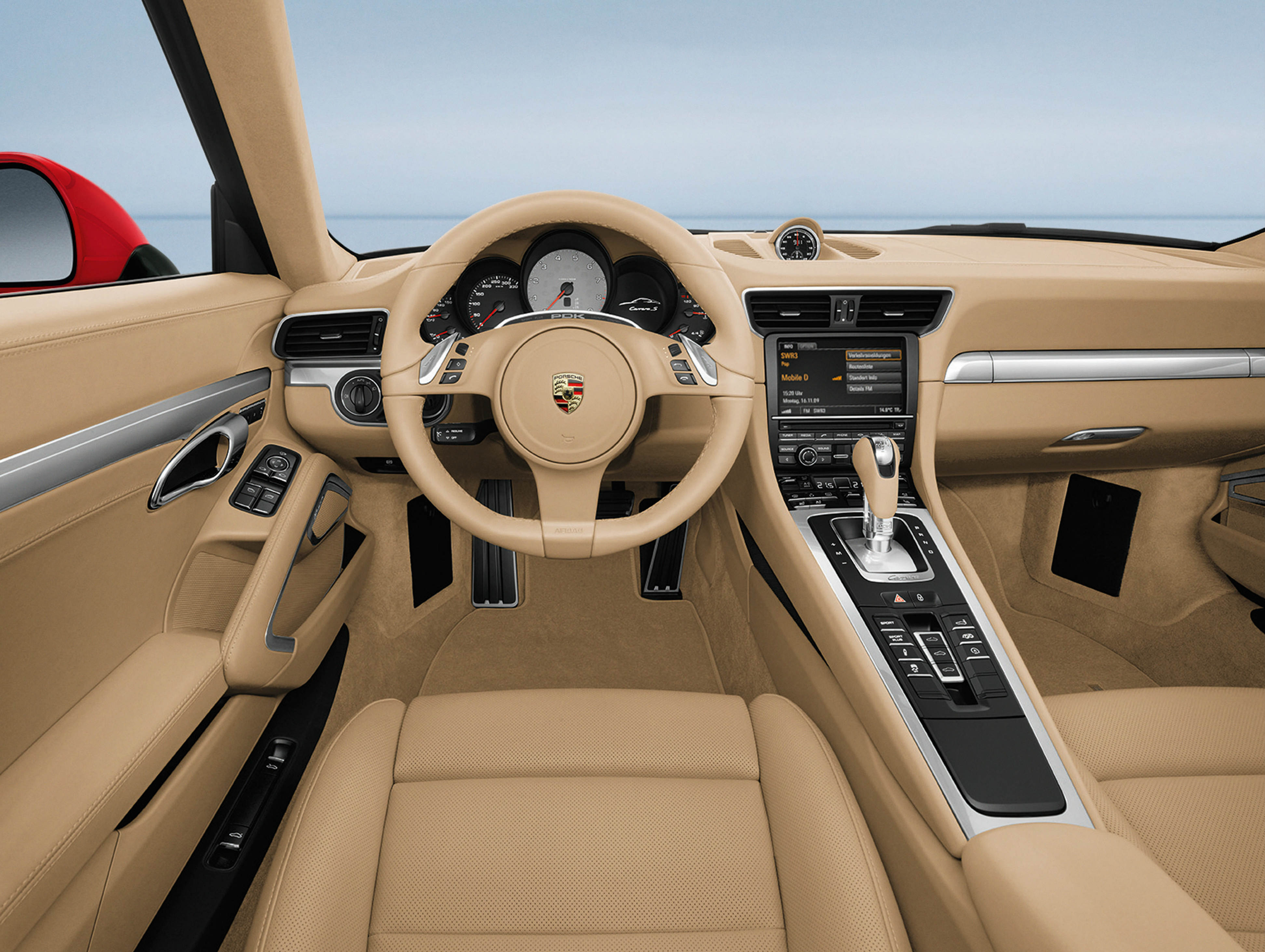
The 991 is a relatively new car andany problems have yet to surface, but to date the omens are promising. “The whole package of the 991 represents a vast improvement over the outgoing 997,” says Peter Bedford. “The engine problems that stigmatised both the 996 and 997 don’t apply to the 991.”
The standard Carrera and Carrera S have had three recalls relating to fuel pipe connectors, the exhausts on high mileage cars and the bonnet catch. Porsche also suffered a customer relations disaster when some early examples of the GT3 caught fire as a result of a faulty connecting rod bolt damaging the crankcase. This led to cars being recalled to have a new engine fitted.
View the used Porsche 911s for sale on driving.co.uk


